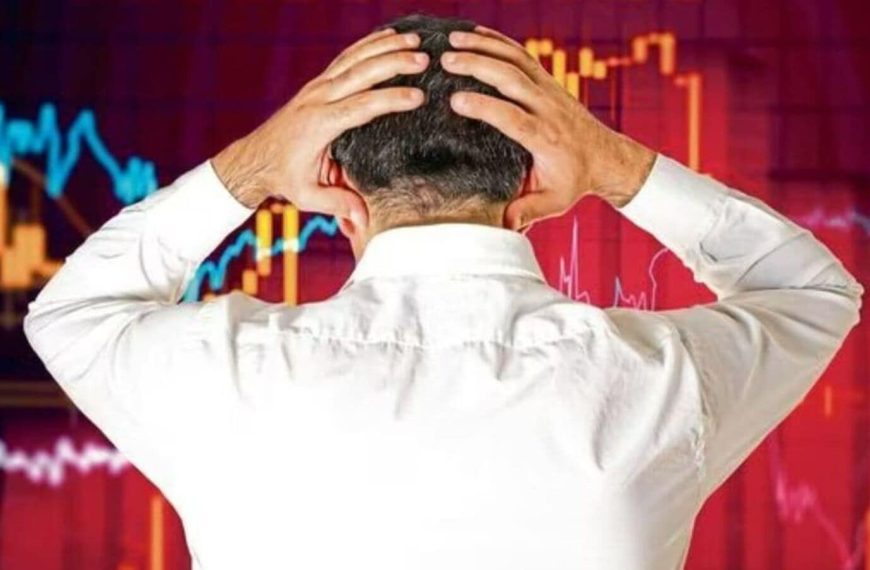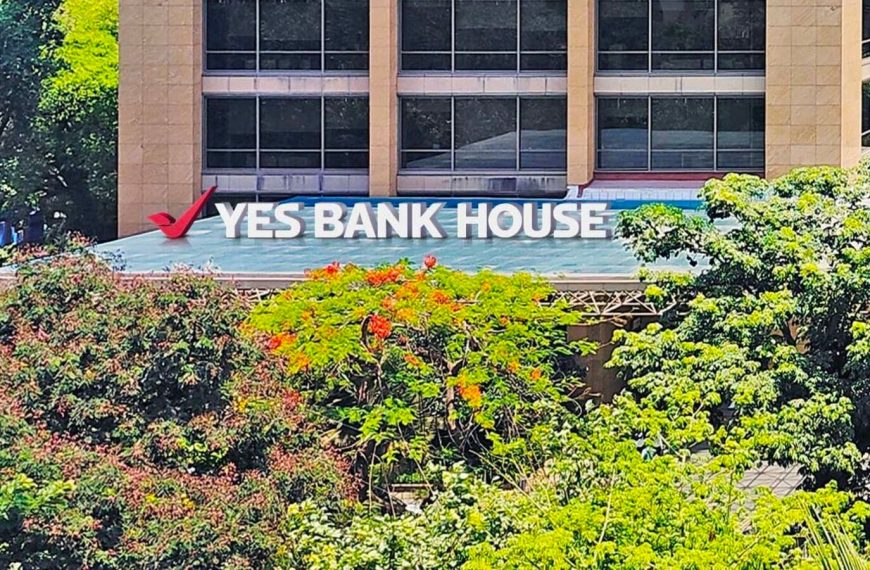Investors are feeling the heat as the cost of protecting against U.S. government debt defaults has surged recently. This uptick is largely due to growing concerns surrounding the impending debt ceiling discussions and overall policy unpredictability in Washington. With worries escalating, the U.S. credit default swap (CDS) spreads have widened, reaching levels not seen since the tumultuous debt ceiling crisis of 2023.
Rising CDS Spreads Reflect Market Anxiety
As of recent data, U.S. CDS spreads have increased significantly, indicating mounting fears about sovereign default risks. According to Barclays, trading volumes and the overall size of the CDS market have also expanded, suggesting that this formerly niche investment is now capturing greater investor interest.
- Current CDS spreads:
- One-year: 60 basis points
- Five-year: 56 basis points
These figures, while slightly lower than previous weeks, are notably higher than the March averages, showcasing a persistent unease among investors.
Changing Sentiments on U.S. Default Risks
Once considered an unpopular hedge, the notion of insuring against a U.S. default has gained traction. Greg Peters, co-chief investment officer at PGIM Fixed Income, noted the shifting landscape: “Given the current debt ceiling concerns, it’s clear that investors are unwilling to take risks on this front.”
Recent months have seen a significant uptick in the demand for credit insurance, especially following President Trump’s announcement of sweeping tariffs on April 2. This policy shift triggered a market downturn, leading to a sharp selloff in Treasury securities, which are crucial to the global financial framework.
Market Reactions and Future Implications
In the wake of these developments, Treasury yields have seen fluctuations. Following a temporary market rally after a pause on tariffs, the benchmark 10-year Treasury yield stood at 4.36%, showing a notable decline from earlier highs.
Despite some recovery, the risk premium related to policy uncertainty remains elevated. Data from the New York Federal Reserve highlights that investors are still charging higher premiums for the uncertainty surrounding government policies.
The Looming X-Date
The U.S. government hit its borrowing limit in January and has resorted to utilizing "extraordinary measures" to avert a potential default. Analysts at Barclays predict that the critical “X-date,” when the government may be unable to meet its financial obligations, could occur in late August or early September. However, an economic slowdown may hasten this deadline.
In a recent statement, Treasury Secretary Scott Bessent emphasized that the department is nearing its borrowing capacity but reassured that the government remains committed to fulfilling its obligations.
Increased Interest in Credit Insurance
As of May 2, investors held approximately $3.9 billion in active credit insurance contracts related to U.S. government debt, a significant increase from $2.9 billion at the year’s start. Over the past three months, U.S. government credit insurance has emerged as the 12th most-traded single-name CDS contract globally, with weekly trading volumes surpassing $625 million.
With these developments, market participants continue to closely monitor the evolving situation, as the implications of policy decisions and the debt ceiling negotiations become increasingly critical to financial stability.
For more insights on market trends and investment strategies, check out our market analysis section.











